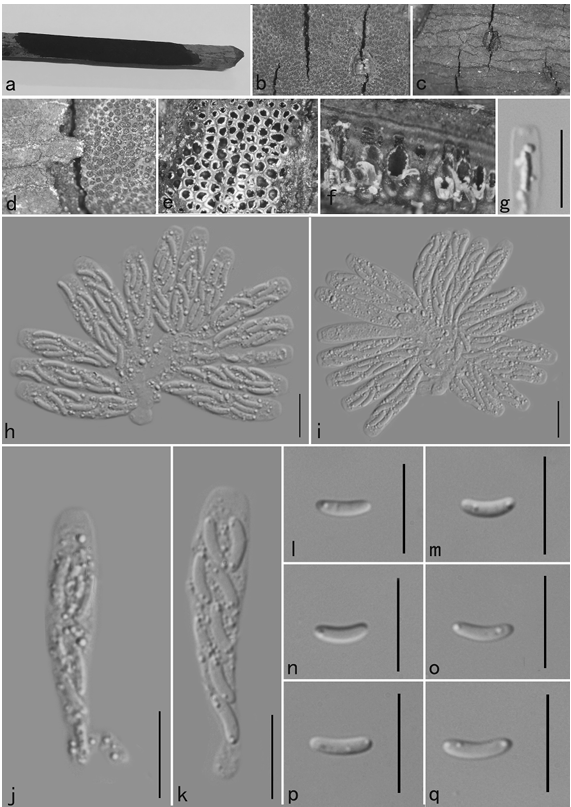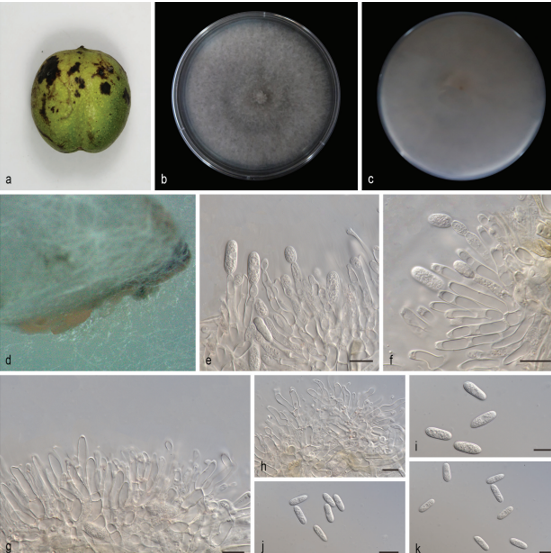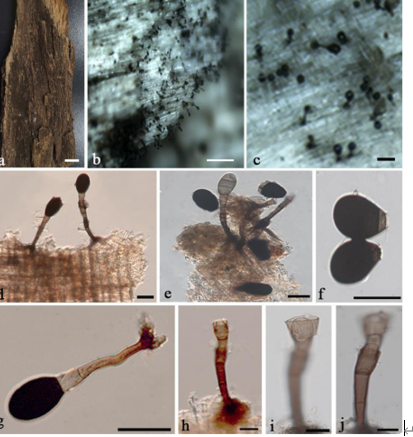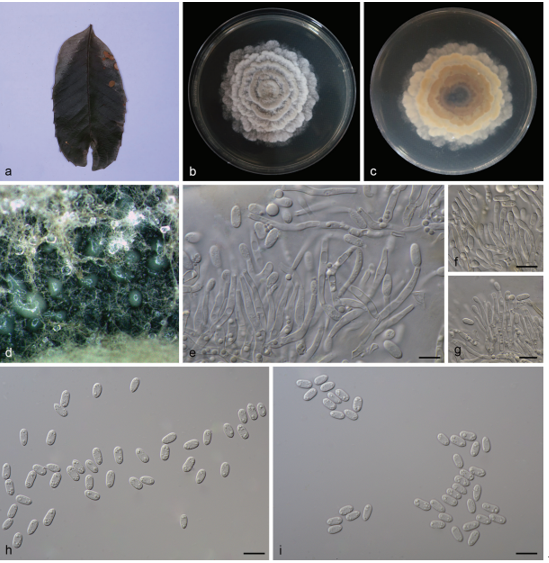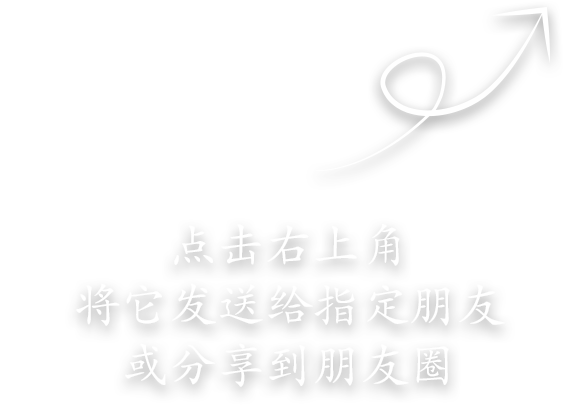Obovoideisporodochium lithocarpi Z. X. Zhang, J. W. Xia & X. G. Zhang, sp. Nov2021.
MycoBank No: 841104
Holotype HSAUP0748, ex-type living culture SAUCC 0748)
Morphological description
Asexual morph: : mycelium consisting of septate, smooth and hyaline hyphae, thin-walled, 1.0–2.0 μm. Colonies on PDA incubated at 25°C in the dark with an average radial growth rate of 5–6 mm/d and reaching 75–80 mm diam. in 14 d, formed some conspicuous concentric circles, aerial mycelium cottony, white initially, then becoming greyish-sepia. Conidiomata sporodochial, appeared within 20 days or longer, formed on agar surface, slimy, pale bluish-green, semi-submerged. Sporodochial conidiophores densely and irregularly branched, 12.0–26.5 × 1.5–3.0 μm, bearing apical whorls of 2–3 phialides; sporodochial phialides monophialidic, subulate to subcylindrical, 9.5–20.0 × 1.5–3.0 μm, smooth, thin-walled, tapering towards apex, swelling at base. Conidia formed singly, obovoid to ellipsoid, 5.5–8.0 × 2.5–4.0 μm, length/width ratio 1.7–3.1, hyaline, smooth, thin walled, apex obtuse, base with inconspicuous to conspicuous hilum, 0.4–0.9 μm diam.
Sexual morph: unknown
Culture characteristics. Cultures incubated on MEA at 25°C in darkness, attaining 52.0–58.0 mm diam. after 14 d (growth rate 3.5–4.0 mm diam./d), greywhite to creamy white with irregular margin, spread like petals from the inside and outside, reverse dark to light brown, distributed in an irregular circle. Conidial formation not observed
Habitat: on diseased leaves of Lithocarpus fohaiensis (Fagaceae), 11 Sep 2020, Z. X. Zhang, HSAUP0745; living culture SAUCC 0745
Distribution: China, Yunnan Province: Xishuangbanna Tropical Botanical Garden, Chinese Academy of Sciences,
GenBank Accession: its MW820279 ; lsu MW821346; tef1 MZ996876; tub2 MZ962157 ;rpb2 MZ962155 .
Notes: In the two phylogenetic trees (Figs. 1 and 2), Obovoideisporodochium lithocarpi is related to Racheliella wingfieldiana, Oblongisporothyrium castanopsidis, Paratubakia subglobosa and P. subglobosoides, but forms a separate single species lineage with full support (PP = 1, ML-BS = 100%). Furthermore, the conidia of O. lithocarpi (5.5–8.0 μm × 2.5–4.0 μm) are smaller than those of R. wingfieldiana (11.0–15.0 μm × 6.5–7.5 μm), Ob. castanopsidis (14.0–17.0 μm × 7.0–9.5 μm), P. subglobosa (10.0–13.0 μm × 8.0–11.0 μm) and P. subglobosoides (10.0–12.5 μm × 5.5–10.0 μm) and Racheliella, Oblongisporothyrium and Paratubakia spp. form crustose conidiomata and true pycnothyria.
Reference: [1] Zhang, Z. , Mu, T. , Liu, S. , & Xia, J. W. . (2021). Morphological and phylogenetic analyses reveal a new genus and two new species of tubakiaceae from china. MycoKeys.
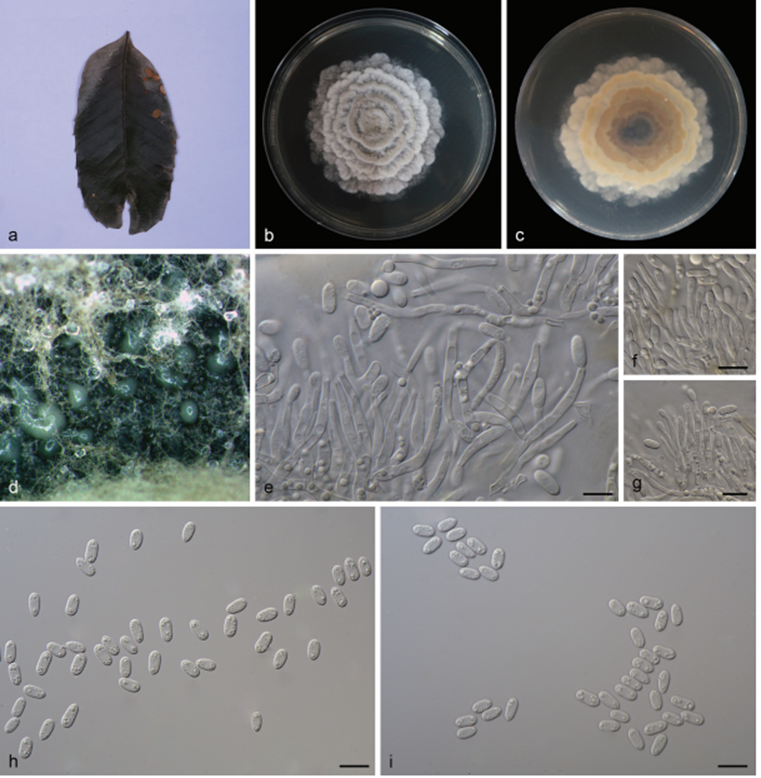 Obovoideisporodochium lithocarpi (SAUCC 0748). a infected leaf of Lithocarpus fohaiensis; b surface of colony after 15 days on MEA; c reverse of colony after 15 days on MEA; d conidiomata; e–g conidiophores, conidiogenous cells and conidia; h–i conidia. Scale bars: 10 μm (e–i)
Obovoideisporodochium lithocarpi (SAUCC 0748). a infected leaf of Lithocarpus fohaiensis; b surface of colony after 15 days on MEA; c reverse of colony after 15 days on MEA; d conidiomata; e–g conidiophores, conidiogenous cells and conidia; h–i conidia. Scale bars: 10 μm (e–i)


